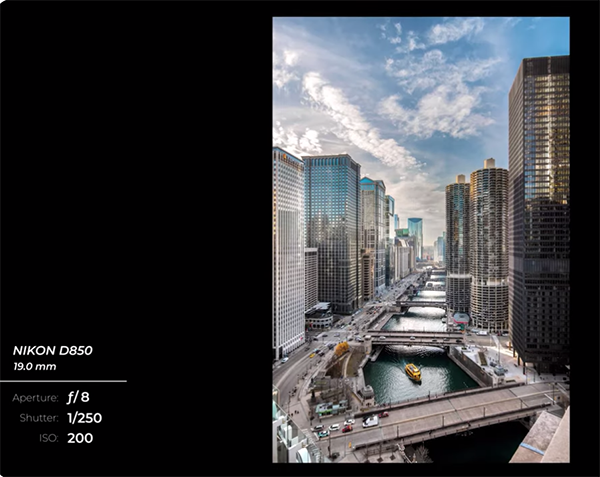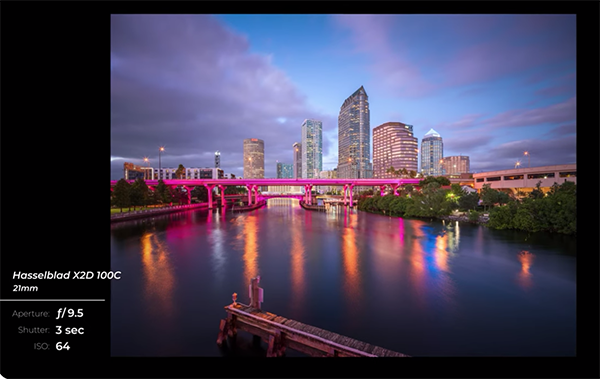5 Pro Tips for Epic Landscape & Cityscape Photos (VIDEO)
It’s not often that you can learn five powerful pro tips for two genres of photography in barely four minutes, but that’s exactly what you’ll find in this tutorial from our friends at the B&H Photo Video instructional YouTube channel.
Instructor John Weatherby is a Florida-based photographer who discovered a love of the camera while working as waiter in college. He narrowed his interests to landscape, travel, and street photography, developed his skills, and gradually acquired better gear. Now, years later, he’s pursuing his passion as a pro while frequently sharing the secrets to his success
In this behind-the-scenes episode you’ll follow Weatherby wandering Brooklyn as he reveals “five tips for next-level cityscapes.” He’s quick to point out that everything you learn today is equally valuable for shooting landscapes in the field. In rapid-fire fashion Weatherby covers everything from camera settings, exposure tips, focusing and composition. He even throws in a powerful editing tip at the end.

Weatherby, like most accomplished landscape shooters, considers composition of utmost importance and that’s where he begins—noting that poorly composed images “can’t be fixed in post.” Rather than repeating all the so-called “rules” you’ve heard before, he illustrates the methods that make his images so captivating. He thoughtfully captions his images with gear information and key settings—and there’s a complete list of the equipment he prefers in the description beneath the video.
Next is a quick discussion of camera modes, during which Weatherby explains why he recommends shooting in Aperture Priority—despite claims by some purists that Manual mode is the only way to go. His approach is to keep ISO as low as possible and select an aperture of f/8 or f/11 to ensure good depth of field. Then he leaves it up to the camera to determine the appropriate shutter speed.
Another thing Weatherby has in common with many landscape/cityscape pros is the frequent use of lens filters. He describes the value of employing ND filters to invoke a sense of motion, like with water scenes or when there are clouds moving across the sky. You’ll also see why Weatherby always has an L-Bracket in his bag.

The last tip is a demonstration of how to shoot and create a Time Blend, which he describes as “one of my favorite techniques.” This involves mounting the camera stop a tripod, shooting multiple images of the same scene over an extended period of time, and merging the images during post processing. This technique requires a bit of extra work, but the results can be sensational.
Weatherby’s instructional YouTube channel is a great source of information and inspiration, so be sure to pay a visit.
And don’t miss the tutorial we posted earlier with another successful pro who explains the important first steps to take after getting a new camera before you go out to shoot.





